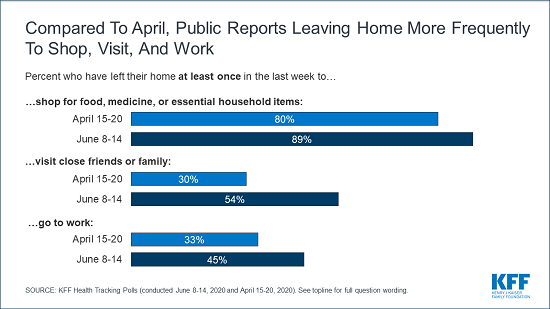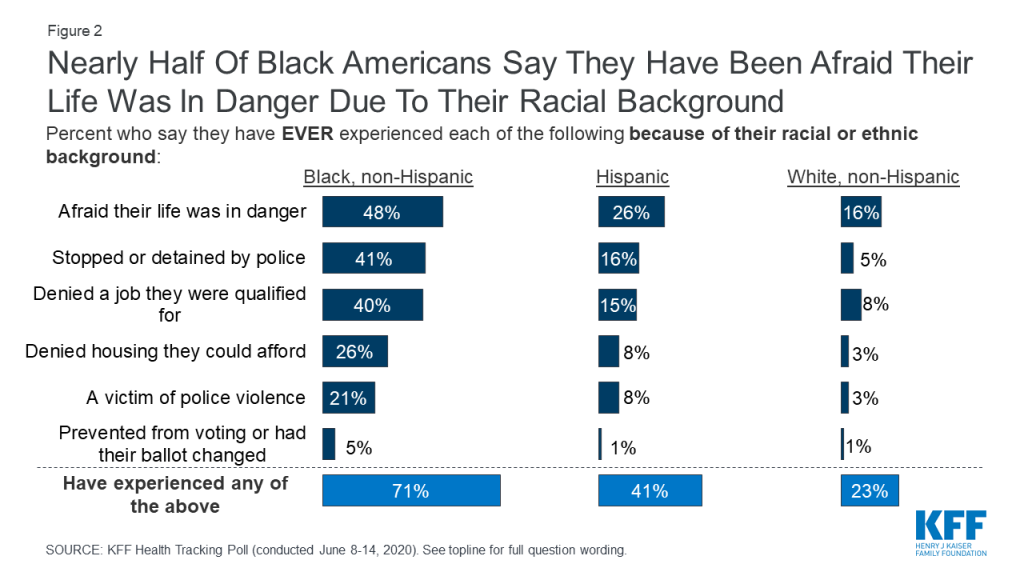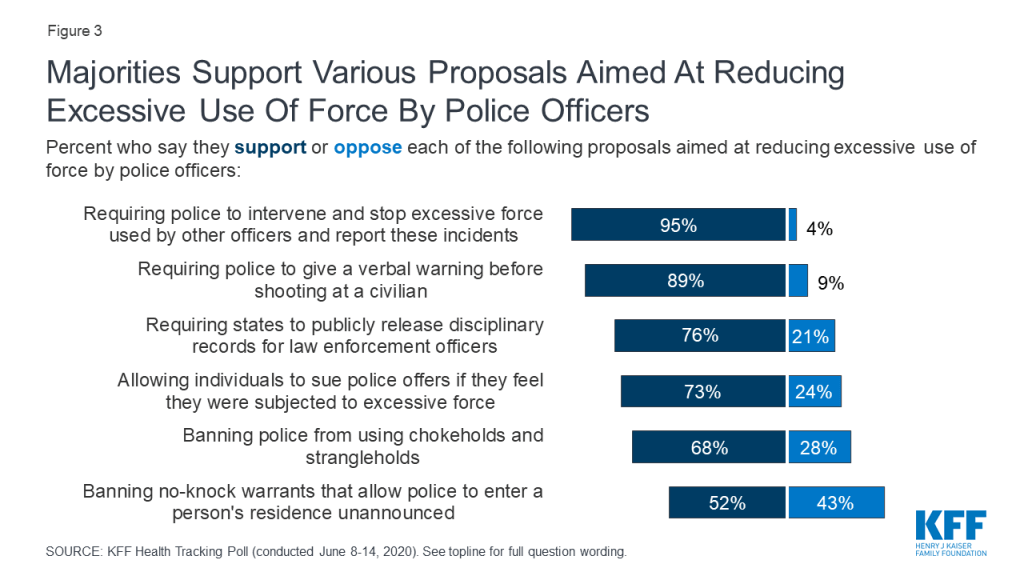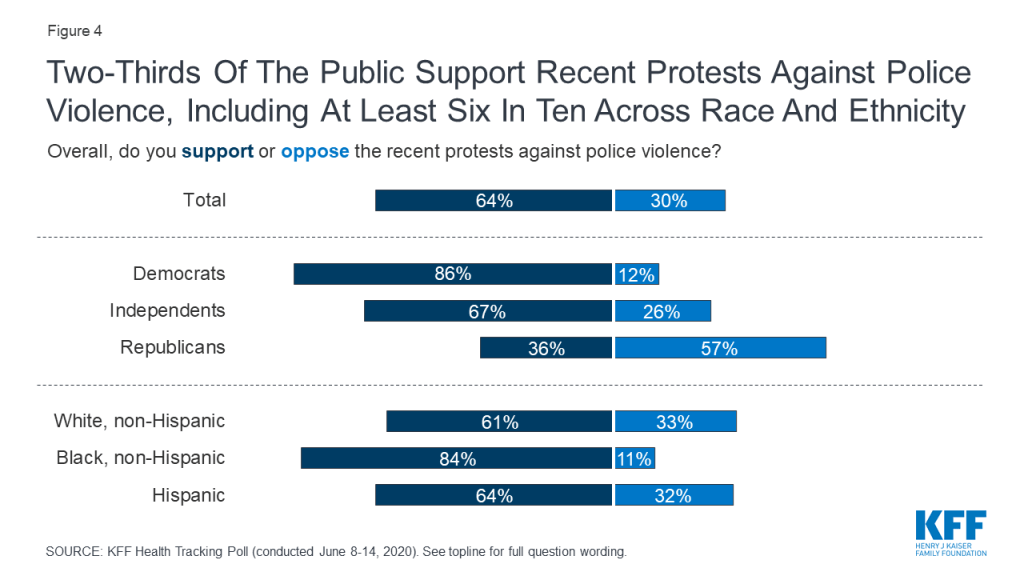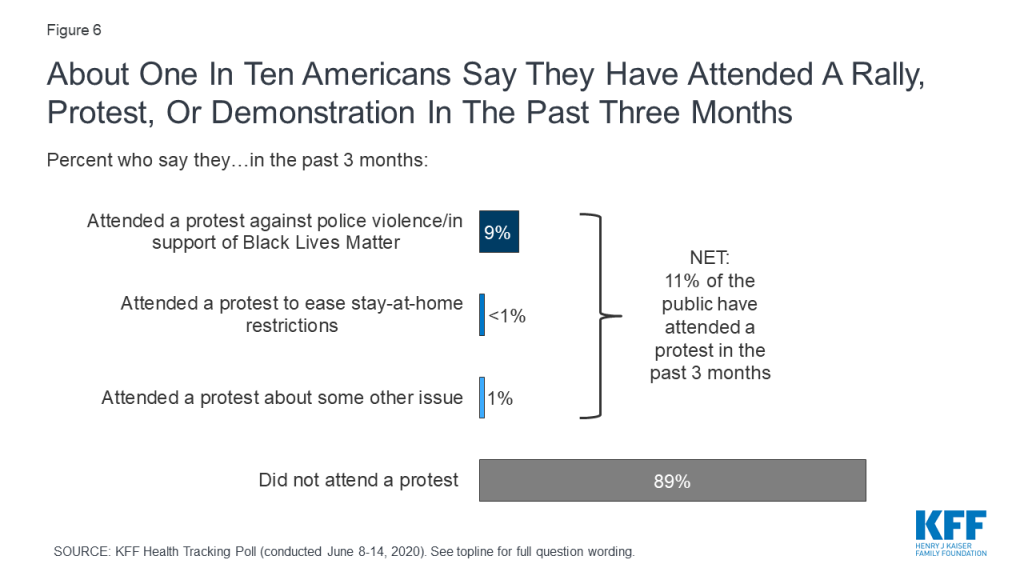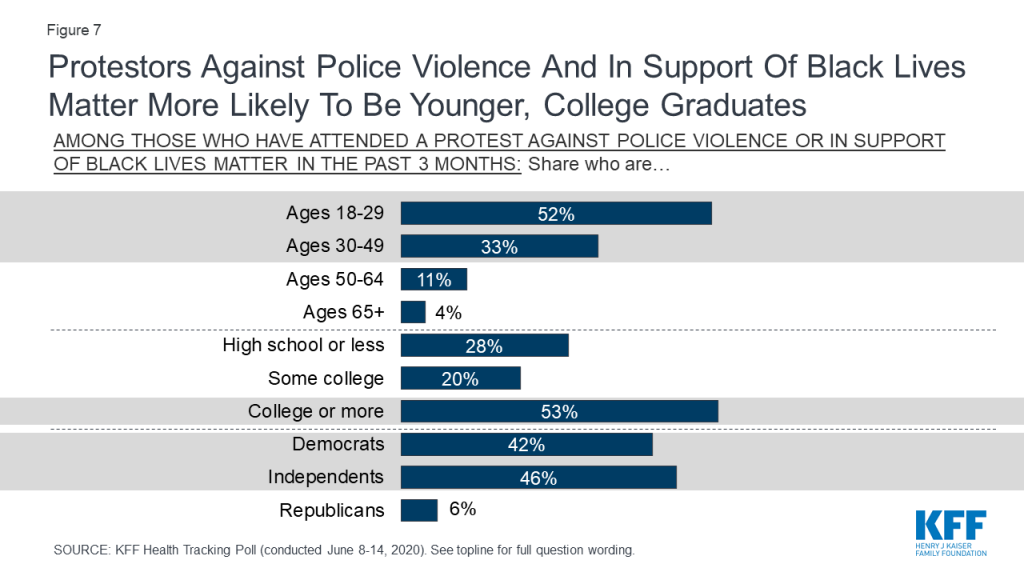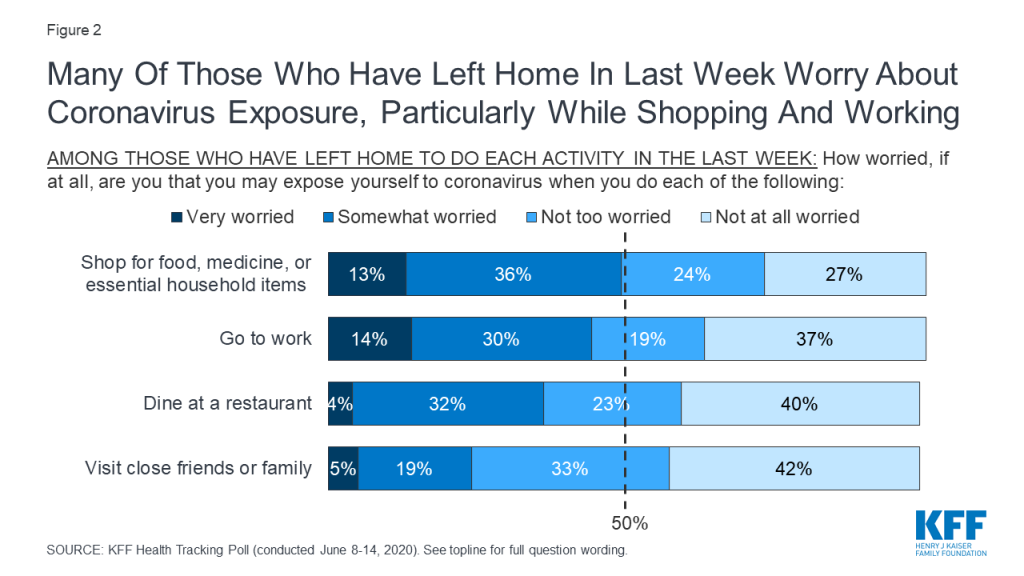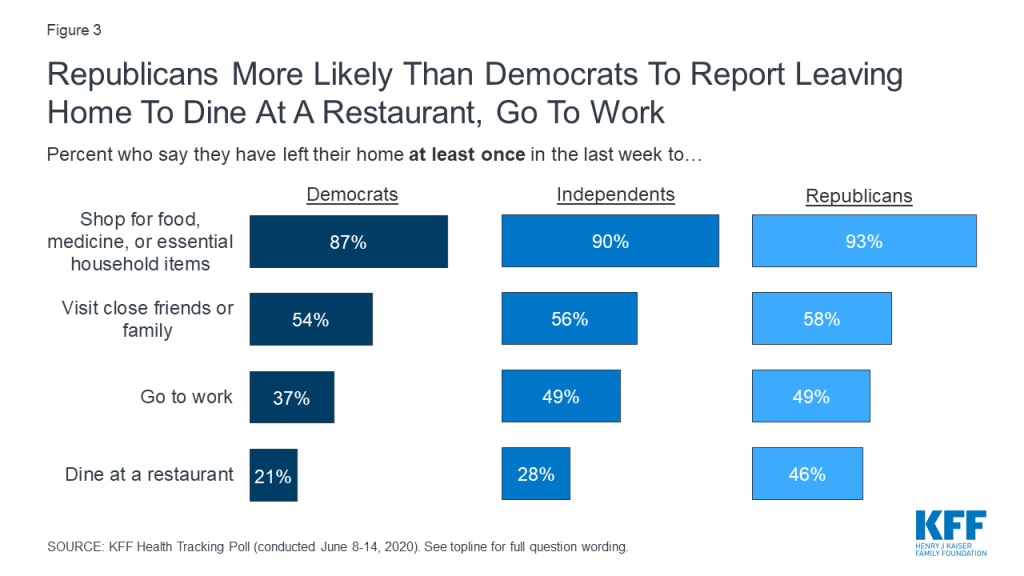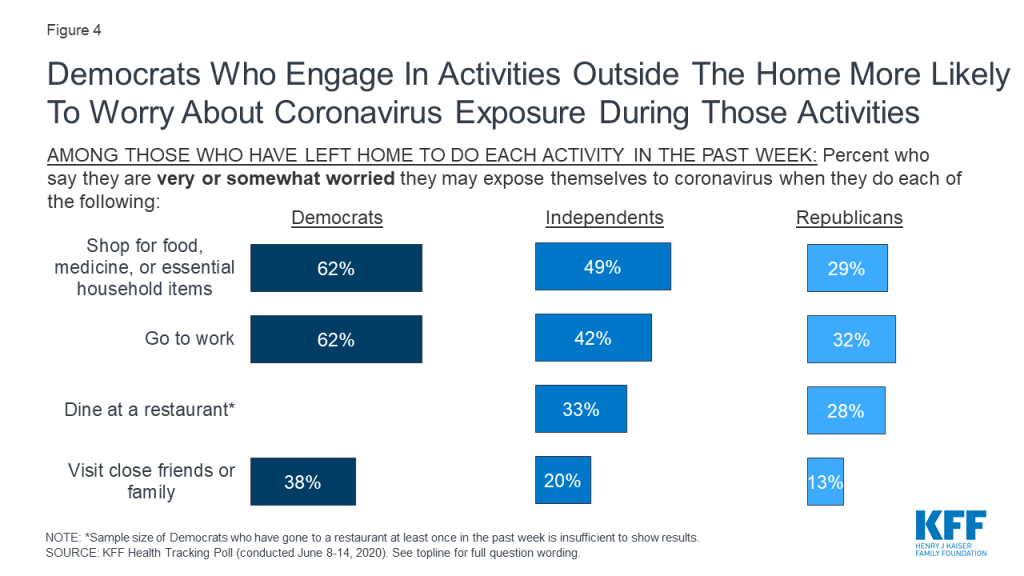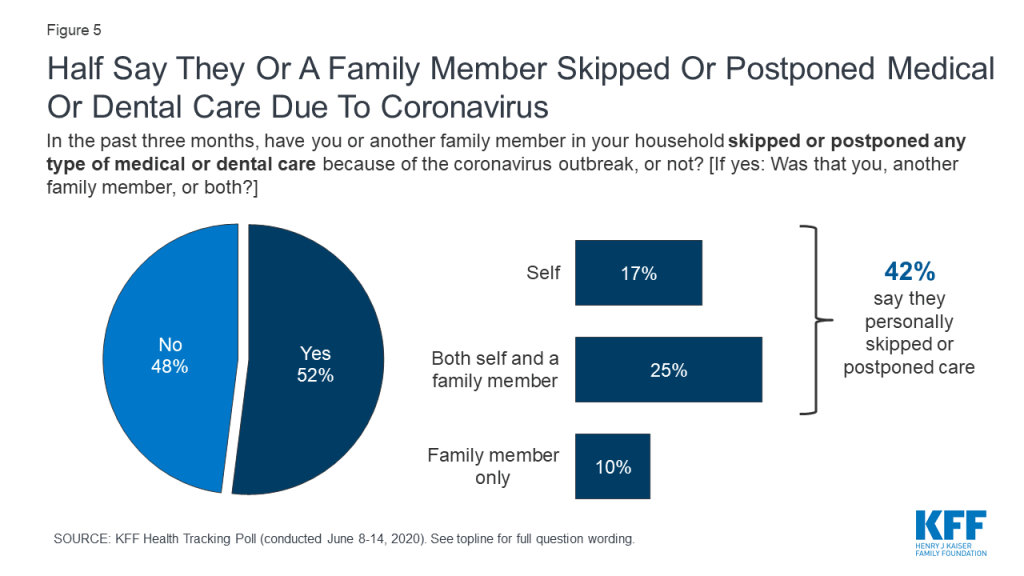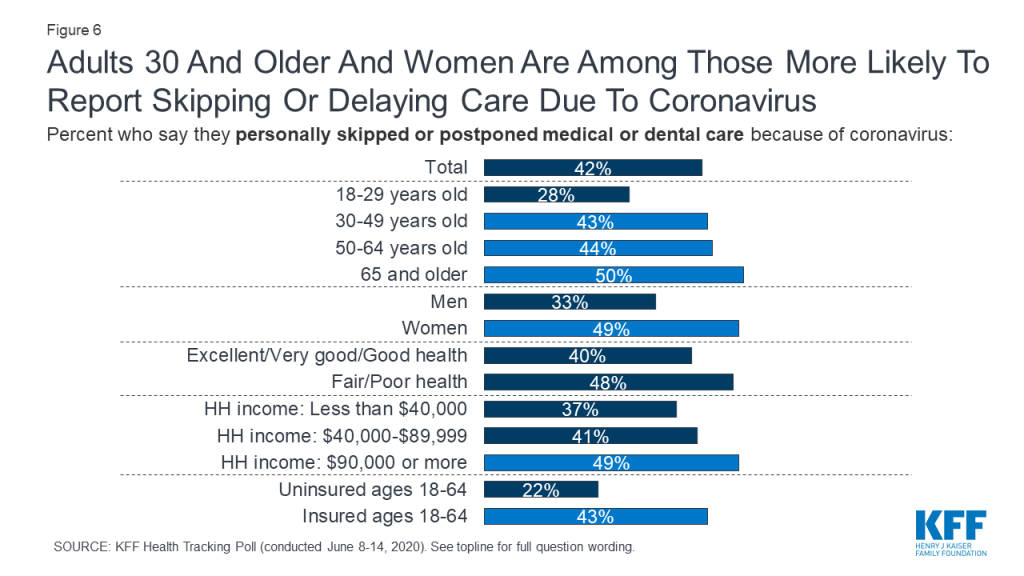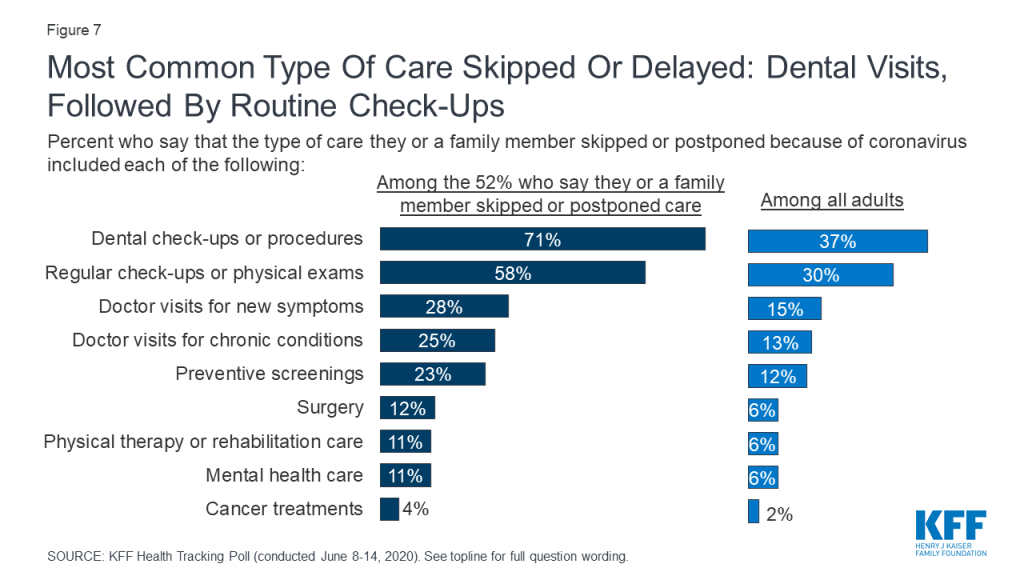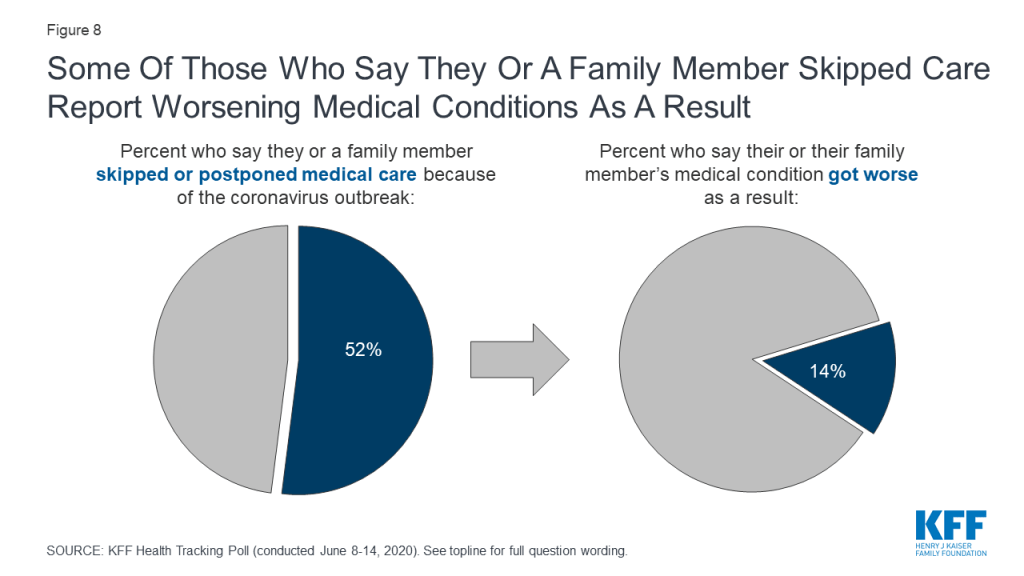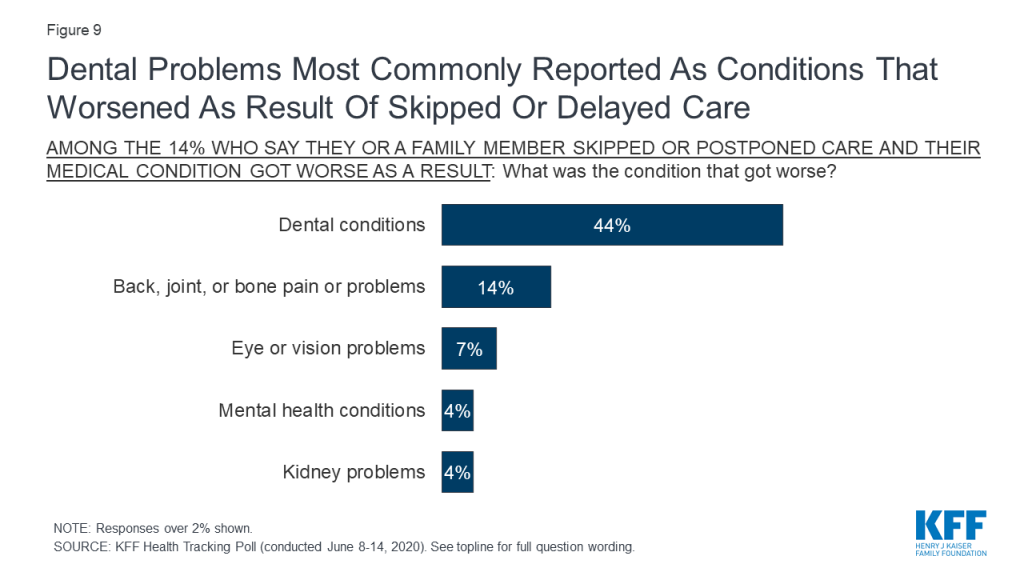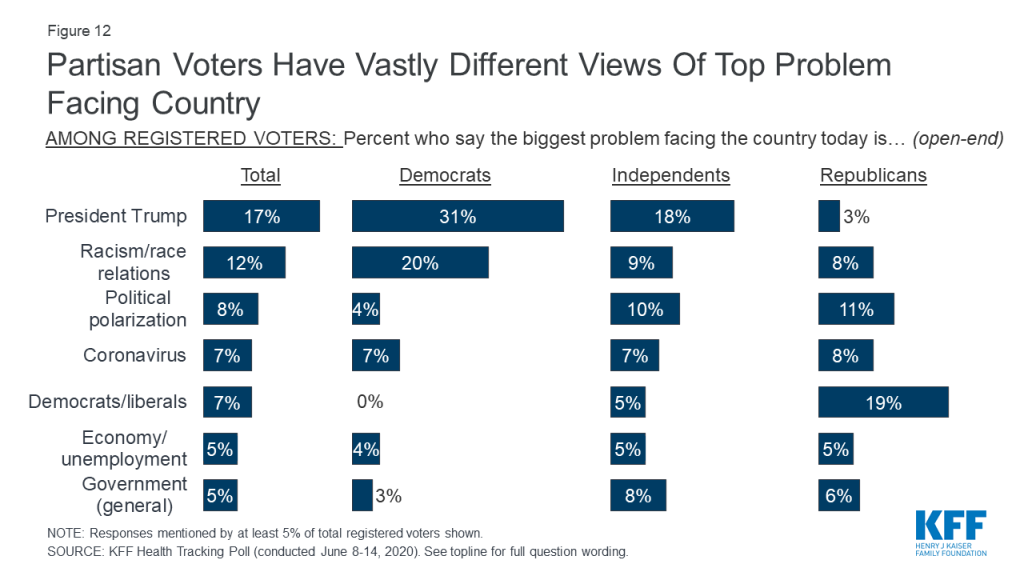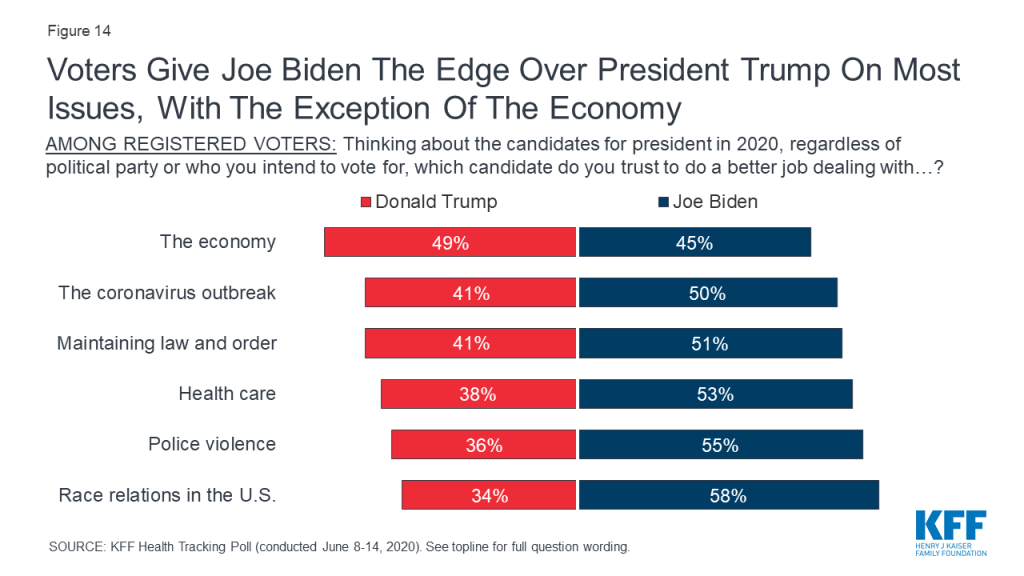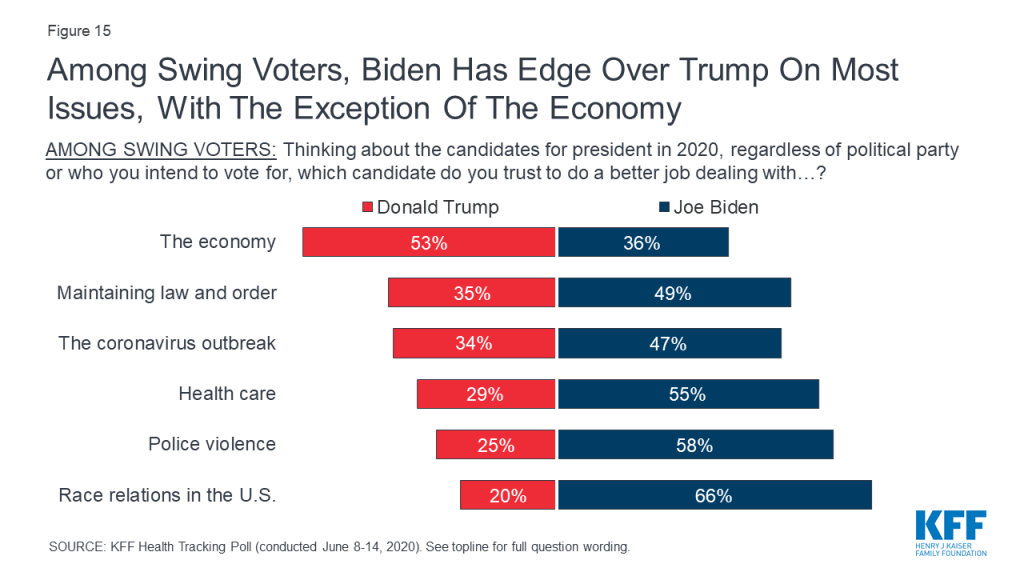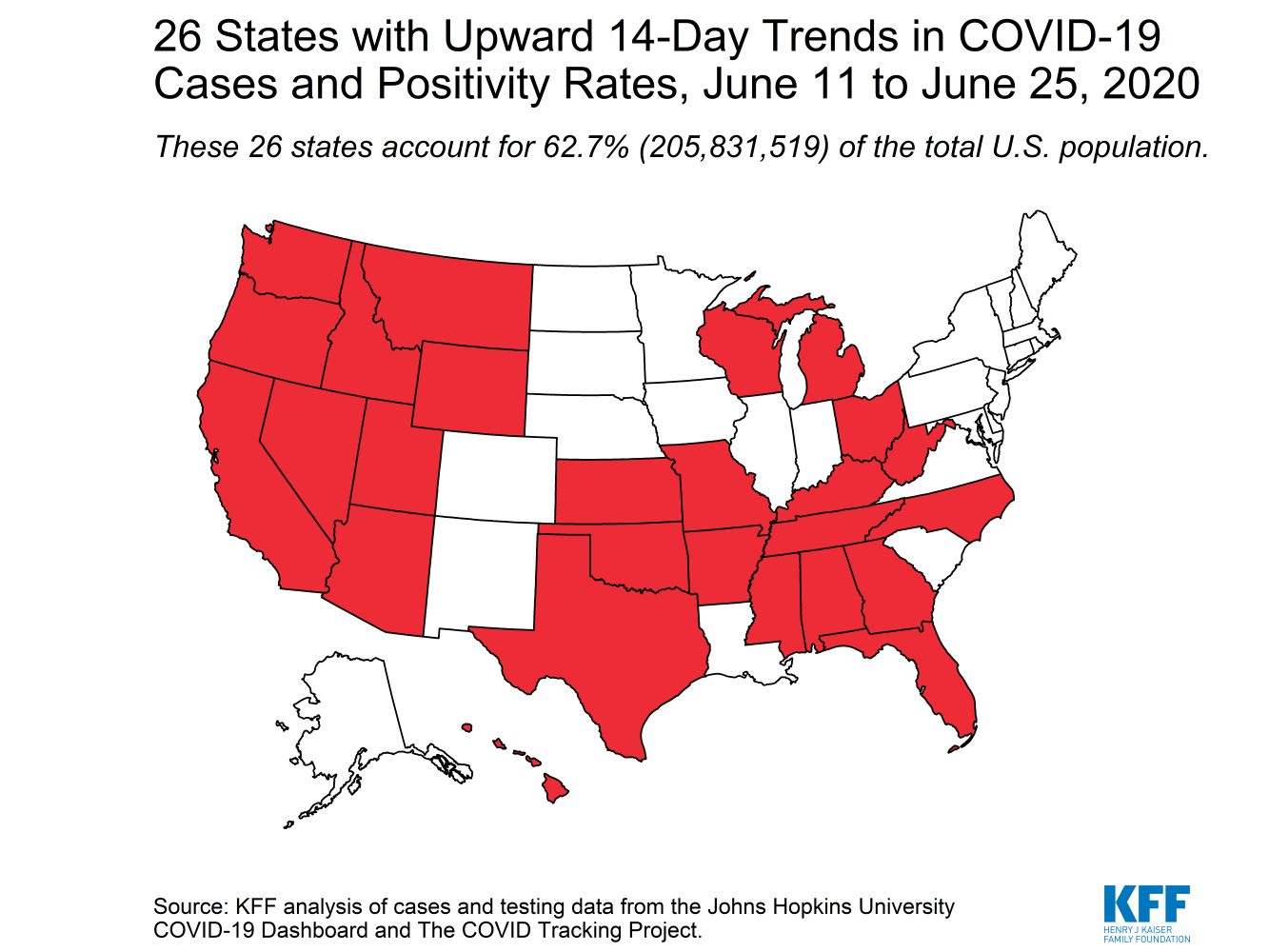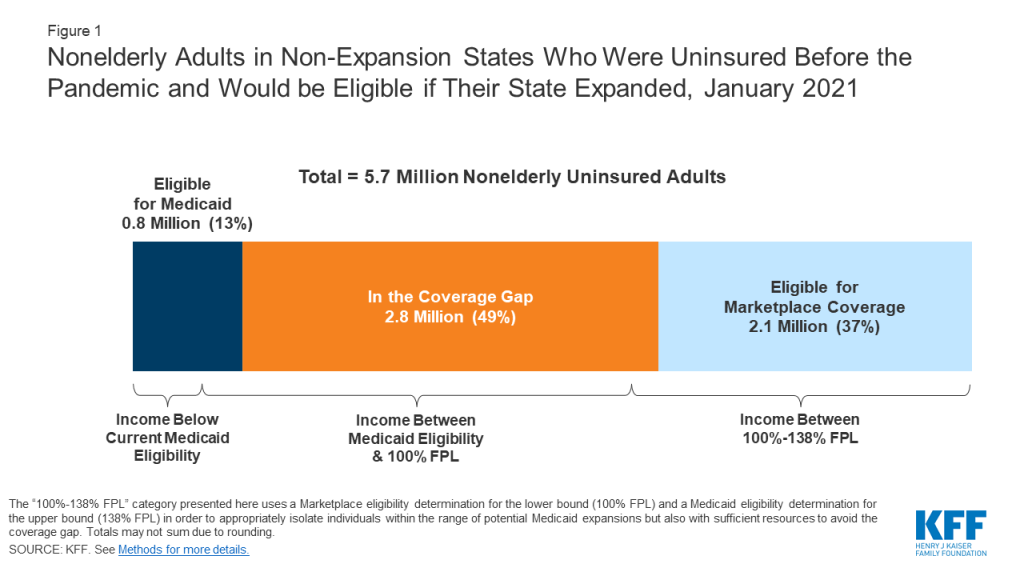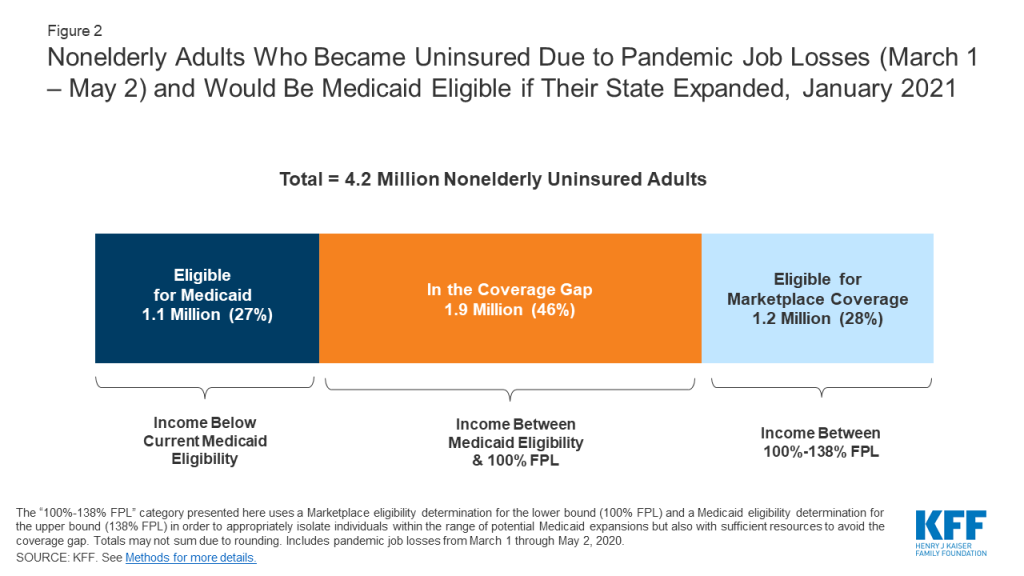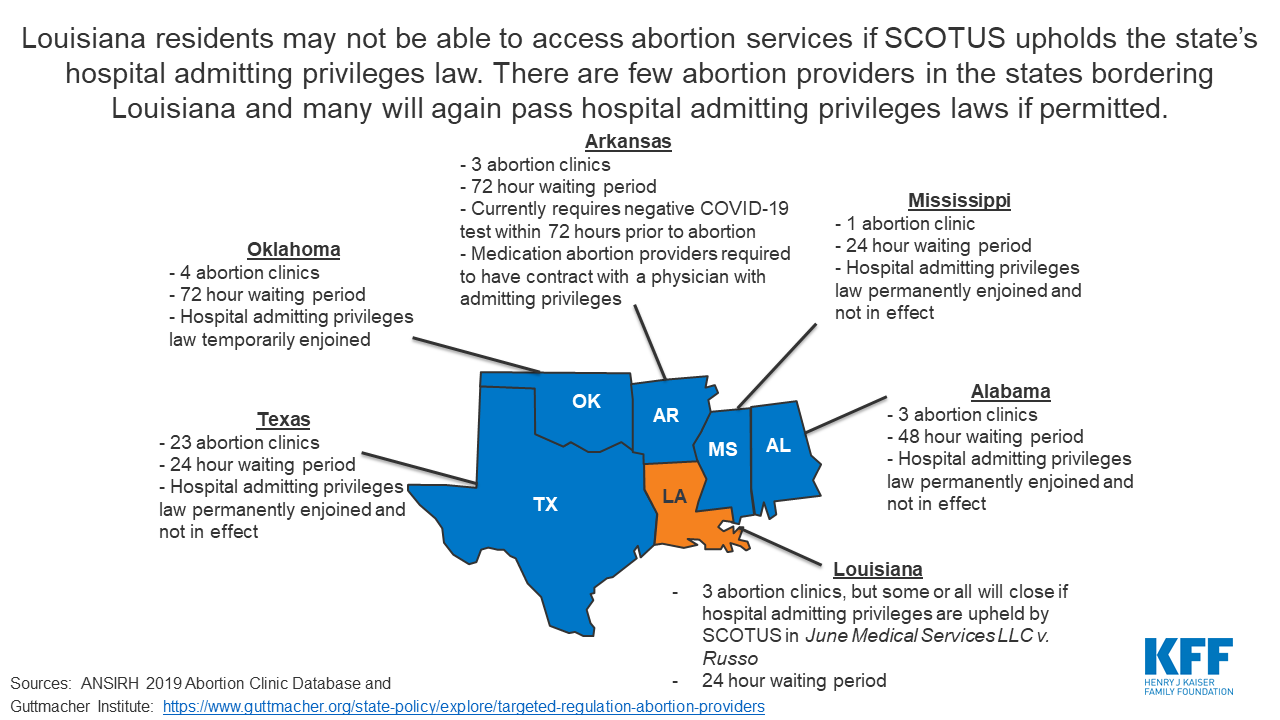This Week in Coronavirus: June 18 to June 25
Every week we recap the past week in the coronavirus pandemic from our tracking, policy analysis, polling, and journalism.
This week saw reports of an increasing number of coronavirus hotspots at the same time the U.S. surpassed a new record — the highest daily increase in new confirmed, cases so far in this pandemic: 39,972 on June 25. Our analysis finds that as of that same day, 26 states have 14-day upward trends in COVID-19 cases and test positivity rates. Most are states that were not hit hard earlier in the pandemic. There are multiple possible policy, epidemiologic, and other factors driving these increases, including: when stay-at-home orders were lifted (and how long they were in place); the pace of reopening; the use of other social distancing measures (such as face mask requirements); increased population movement due to warming weather; outbreaks in congregate settings; the Memorial Day Holiday period; and, potentially, protests.
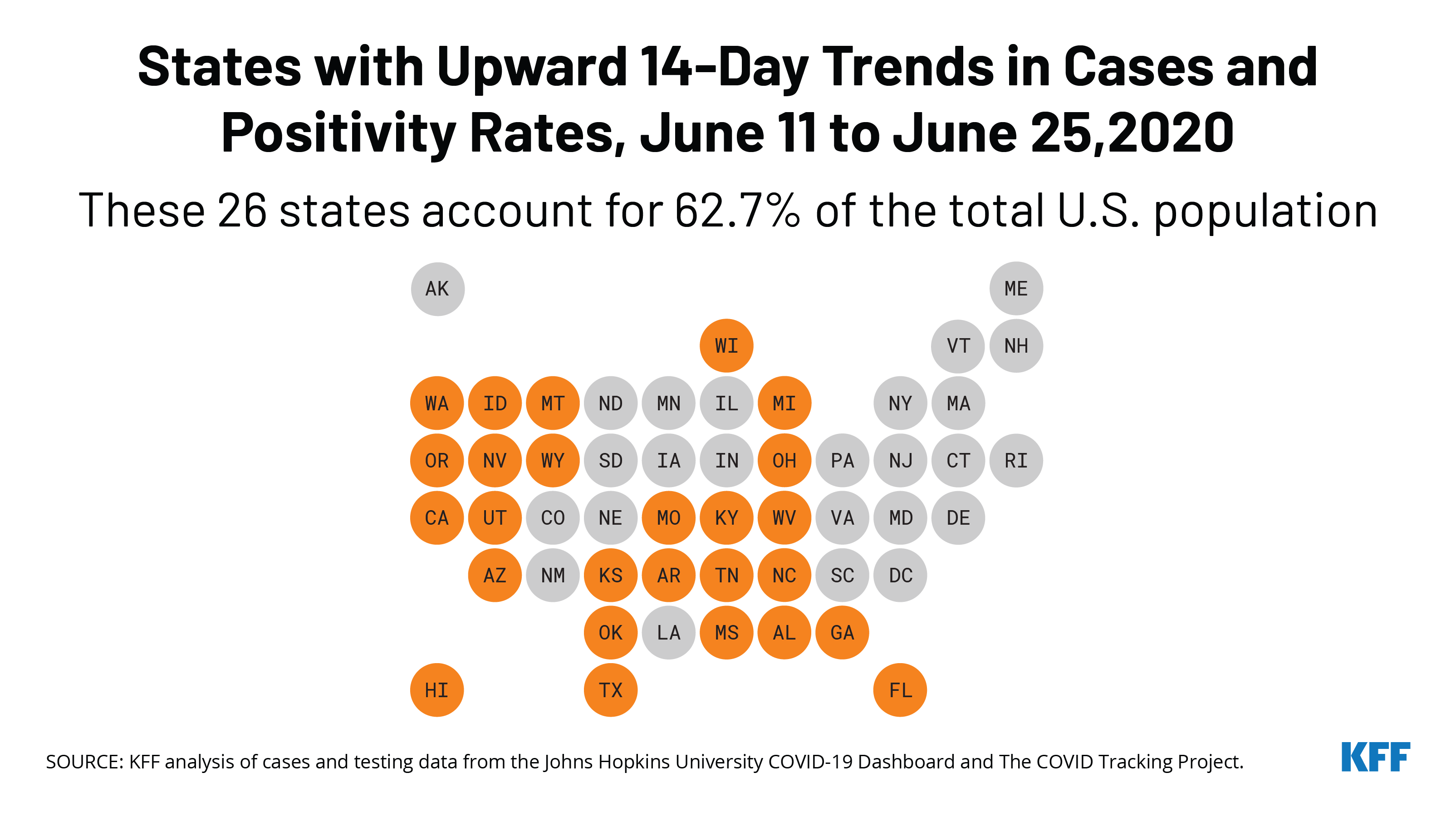
And as states relax social distancing measures, the latest KFF Health Tracking Poll finds that Americans are leaving their homes more often to shop, visit close family and friends, and go to work than they did in April. The poll finds 9 in 10 (89%) adults say they left their home to shop for food, medicine, or essential household items in the past week, including 61% who say they did this multiple times — up from 44% in April. Just over half (54%) say they left home to visit close friends or family in the past week, up from 30% in April. Less than half (45%) say they went to work in the past week, up from 33% in April. About three in ten (29%) report dining at a restaurant in the past week, while few (7%) rode on public transportation.
Here are the latest coronavirus stats from KFF’s tracking resources:
Global Cases and Deaths: Total cases worldwide passed 9.6 million this week – with an increase of approximately 1.1 million new confirmed cases between June 18 and June 25. There were approximately 35,300 new confirmed deaths worldwide between June 18 and June 25, bringing the total to approximately 489,000 confirmed deaths.
U.S. Cases and Deaths: There was an approximate increase of nearly 231,000 confirmed cases between June 18 and June 25. Approximately 6,000 new confirmed deaths in the past week brought the total to over 124,000 confirmed deaths in the US.*
*Total death and case counts are approximate. New Jersey is reporting probable deaths for Thursday June 25.
U.S. Tests: There have been over 29.2 million total COVID-19 tests with results in the United States —with about 3.8 million added since June 18. In the past week, 1.1% of the total U.S. population was tested.
Race/Ethnicity Data: Black individuals made up a higher share of cases/deaths compared to their share of the population in 32 of 48 states reporting cases and 33 of 45 states reporting deaths. More than half of deaths were among Black people in two states: Louisiana and Mississippi. Meanwhile, 75% of those who have died in Washington, D.C. due to COVID-19 were Black. Hispanic individuals made up a higher share of cases compared to their share of the total population in 35 of 44 states reporting cases. COVID-19 continues to have a sharp, disproportionate impact on American Indian/Alaska Native and Asian people as well in some states.
Adults at Higher Risk of Serious Illness if Infected with Coronavirus: 38% of all U.S. adults are at risk of serious illness if infected with coronavirus (92,560,223 total) due to their age (65 and over) or pre-existing medical condition. Of those at higher risk, 45% are under age 65 and at increased risk of serious illness if infected with coronavirus due to their existing medical condition such as such as heart disease, diabetes, lung disease, uncontrolled asthma or obesity. Among nonelderly adults — low-income, American Indian/Alaska Native & Black adults have a higher risk of serious illness if infected with coronavirus. In both cases – for race and household income – the higher risk of serious illness if infected with coronavirus is chiefly due to a higher prevalence of underlying health conditions and longstanding disparities in health care and other socio-economic factors.
State Reports of Long-Term Care Facility Cases and Deaths Related to COVID-19 (Includes Washington D.C.)
- Data Reporting Status: 47 states are reporting COVID-19 data in long-term care facilities, 4 states are not reporting
- Long-term care facilities with known cases: 10.430 (across 44 states)
- Cases in long-term care facilities: 253,938 (across 43 states)
- Deaths in long-term care facilities: 52,428 (in 41 states)
- Long-term care facilities as a share of total state cases: 14% (across 43 states)
- Long-term care facility deaths as a share of total state deaths: 45% (across 42 states)
State Social Distancing Actions (includes Washington D.C.):
- Social Distancing: 51 states have eased at least one social distancing measure.
- Stay At Home Order: Original stay at home order in 6 states, stay at home order eased or lifted in 39 states, no action in 6 states
- Mandatory Quarantine for Travelers: Original traveler quarantine mandate in place in 9 states, new traveler quarantine mandate in place in 3 states, traveler quarantine mandate eased or lifted in 16 states, no action in 23 states
- Non-Essential Business Closures: Some or all non-essential businesses permitted to reopen (some with reduced capacity) in 46 states, no action in 5 states
- Large Gatherings Ban: Original gathering ban/limit in place in 6 states, gathering/ban limit eased or lifted in 44 states, no action in 1 states
- Restaurant Limits: Original restaurant closures still in place in 2 states, restaurants re-opened to dine-in service (some with reduced capacity) in 48 states, no action in 1 state
- NEW: Face Covering Requirement: Required for general public in 19 states, required for certain employees in 20 states, allows local officials to require them for general public in 4 states, no action in 9 states
- Primary Election Postponement: Postponement in 15 states, no postponement in 36 states
- Emergency Declaration: There are emergency declarations in all 51 states.
State COVID-19 Health Policy Actions (Includes Washington D.C.)
- Waive Cost Sharing for COVID-19 Treatment: 3 states require, state-insurer agreement in 3 states; no action in 45 states
- Free Cost Vaccine When Available: 9 states require, state-insurer agreement in 1 state, no action in 41 states
- States Requires Waiver of Prior Authorization Requirements: For COVID-19 testing only in 5 states, for COVID-19 testing and treatment in 6 states, no action in 40 states
- Early Prescription Refills: State requires in 18 states, no action in 33 states
- Premium Payment Grace Period: Grace period extended for all policies in 4 states, grace period extended for COVID-19 diagnosis/impacts only in 4 states, expired in 8 states, no action in 35 states
- Marketplace Special Enrollment Period: Marketplace special enrollment period still active in 5 states, ended in 7 states, no special enrollment period in 39 states
- Paid Sick Leave: 13 states enacted, 2 proposed, no action in 36 states
State Actions on Telehealth (Includes Washington D.C.)
38 states overall have taken mandatory action expanding access to telehealth services through private insurers, including:
- New Requirements for Coverage of Telehealth Services: Parity with in-person services in 6 states, broad coverage of telehealth services in 6 states, limited coverage of telehealth services in 6 states, no action in 33 states
- Waiving or Limiting Cost-Sharing for Telehealth Services: Waived for COVID-19 services only in 7 states, waived or limited for all services in 9 states, no action in 35 states
- Reimbursement Parity for Telehealth and In-Person Services: Required for all services in 17 states, no action in 34 states
- Require Expanded Options for Delivery of Telehealth Services: Yes in 35 states, for behavioral health services only in 1 state, no action in 15 states
Approved Medicaid State Actions to Address COVID-19 (Includes Washington D.C.)
- Approved Section 1115 Waivers to Address COVID-19: 2 states (Washington and New Hampshire) have approved waivers
- Approved Section 1135 Waivers: 51 states have approved waivers
- Approved 1915 (c) Appendix K Waivers: 50 states have approved waivers
- Approved State Plan Amendments (SPAs): 45 states have temporary changes approved under Medicaid or CHIP disaster relief SPAs, 1 state has an approved traditional SPA
- Other State-Reported Medicaid Administrative Actions: 51 states report taking other administrative actions in their Medicaid programs to address COVID-19
The latest Coronavirus Policy Watch posts:
- Jen Kates and Josh Michaud: The Secret to a Safe Reopening (CPW Post, Foreign Affairs)
The latest KFF COVID-19 resources:
- States with Upward of 14-Day Trends in COVID-19 Cases and Positivity Rates (Slide)
- June 2020 Health Tracking Poll – Coronavirus, Delayed Care, and 2020 Election (Poll Finding, News Release)
- Where are the COVID-19 Hotspots? Tracking State Outbreaks (Issue Brief)
- Drew Altman: The Front-line Workers Most At Risk From Coronavirus (Axios Column)
- At-Home SARS-CoV-2 Testing: What Are the Options? (Interactive)
- State Efforts to Expand Medicaid Coverage & Access to Telehealth in Response to COVID-19 (Issue Brief)
- Options to Support Medicaid Providers in Response to COVID-19 (Issue Brief)
- Potential Impacts of Delaying “Non-Essential” Reproductive Health Care (Issue Brief)
- U.N. SG Criticizes Lack Of International Cooperation On Pandemic; As Virus Continues Global Spread, Nations Work To Contain Resurgent Outbreaks (KFF Daily Global Health Policy Report)
Trackers and Tools
- Updated: State Data and Policy Actions to Address Coronavirus (Interactive)
- Updated: COVID-19 Coronavirus (Interactive)
- Updated: Medicaid Emergency Authority Tracker: Approved State Actions to Address COVID-19 (Issue Brief)
The latest KHN COVID-19 stories:
- Seniors In Low-Income Housing Live In Fear Of COVID Infection (KHN, CNN)
- Lost On The Frontline (KHN, The Guardian)
- Sweeps Of Homeless Camps Run Counter To COVID Guidance And Pile On Health Risks (KHN, NPR)
- KHN’s ‘What The Health?’: The Pandemic Shifts; The Politics, Not So Much (Podcast)
- Watch: Fauci, Other Health Officials Weigh California’s COVID Response (California Health Line)
- Packed Bars Serve Up New Rounds Of COVID Contagion (KHN, HuffPost)
- Officials Seek To Shift Resources Away From Policing To Address Black ‘Public Health Crisis’ (KHN)
- Fearing The Deadly Combo Of COVID-19 And Cancer (KHN, People)
- As COVID Cases Spike, California Shifts Its Strategy (KHN)
- Cities Brace For ‘Collision Course’ Of Heat Waves And COVID-19 (KHN, NPR)
- Airlines Want Flyers To Feel Safe, But Grab Bag Of COVID Policies Adds Turbulence (KHN, USA Today)
- The Hidden Deaths Of The COVID Pandemic (KHN, Time)
- Pandemic Forced Insurers To Pay For In-Home Treatments. Will They Disappear? (KHN)
- US Nurses At For-Profit Hospital Chain To Strike Over Cuts And PPE Shortages (KHN, The Guardian)
- Lost On The Frontline (KHN, The Guardian)
- Is A Second Wave Of Coronavirus Coming? (KHN, PolitiFact)
- COVID Pandemic Jeopardizes Vote On Oklahoma Medicaid Expansion (KHN, US News)
- As Problems Grow With Abbott’s Fast COVID Test, FDA Standards Are Under Fire (KHN, Daily Beast)
- Easy To Say ‘Get Tested.’ Harder To Do. Here’s How. (KHN)
- Readers And Tweeters Ponder Racism, Public Health Threats And COVID’s Cost (KHN)
- Sex In The Time Of COVID: Gay Men Begin To Embrace A ‘New Normal’ (KHN, Men’s Health)
- Drinking Surged During The Pandemic. Do You Know The Signs Of Addiction? (KHN, NPR)
- How Those With Obsessive-Compulsive Disorder Cope With Added Angst Of COVID (KHN, Scientific American)
- Listen: Threats, Pressure Prompt Some California Public Health Officials To Leave Office (KHN)
- Listen: Navigating The Pandemic And Protests As The U.S. Reopens (KHN)
- Listen: Pandemic Shifts Health Care And It May Be Hard To Get Genie Back In Bottle (KHN)
- Watch: Are Administration Medical Experts Muzzled? (KHN)
- Behind The Byline: ‘Contactless Reporting’ (KHN)

